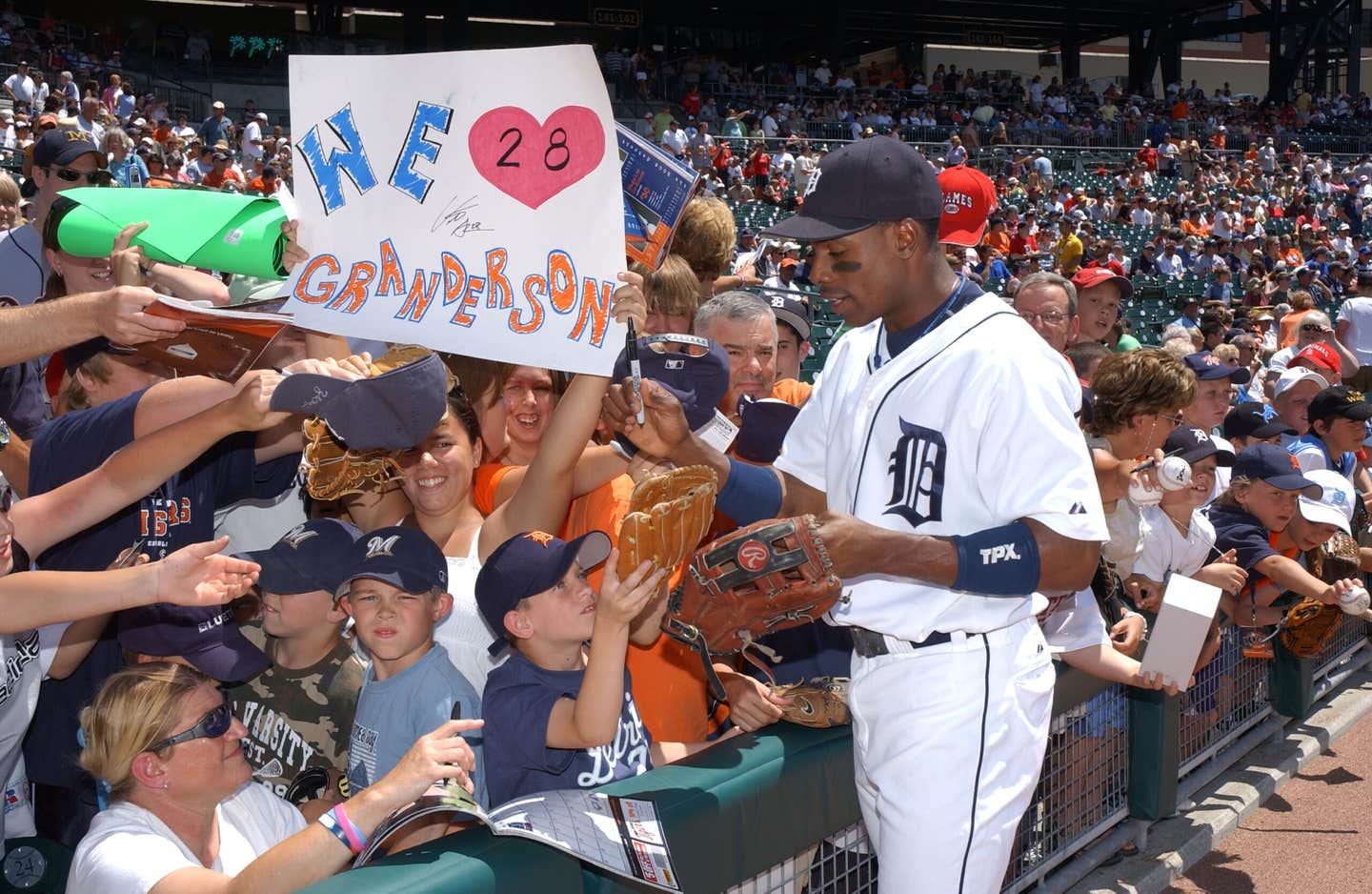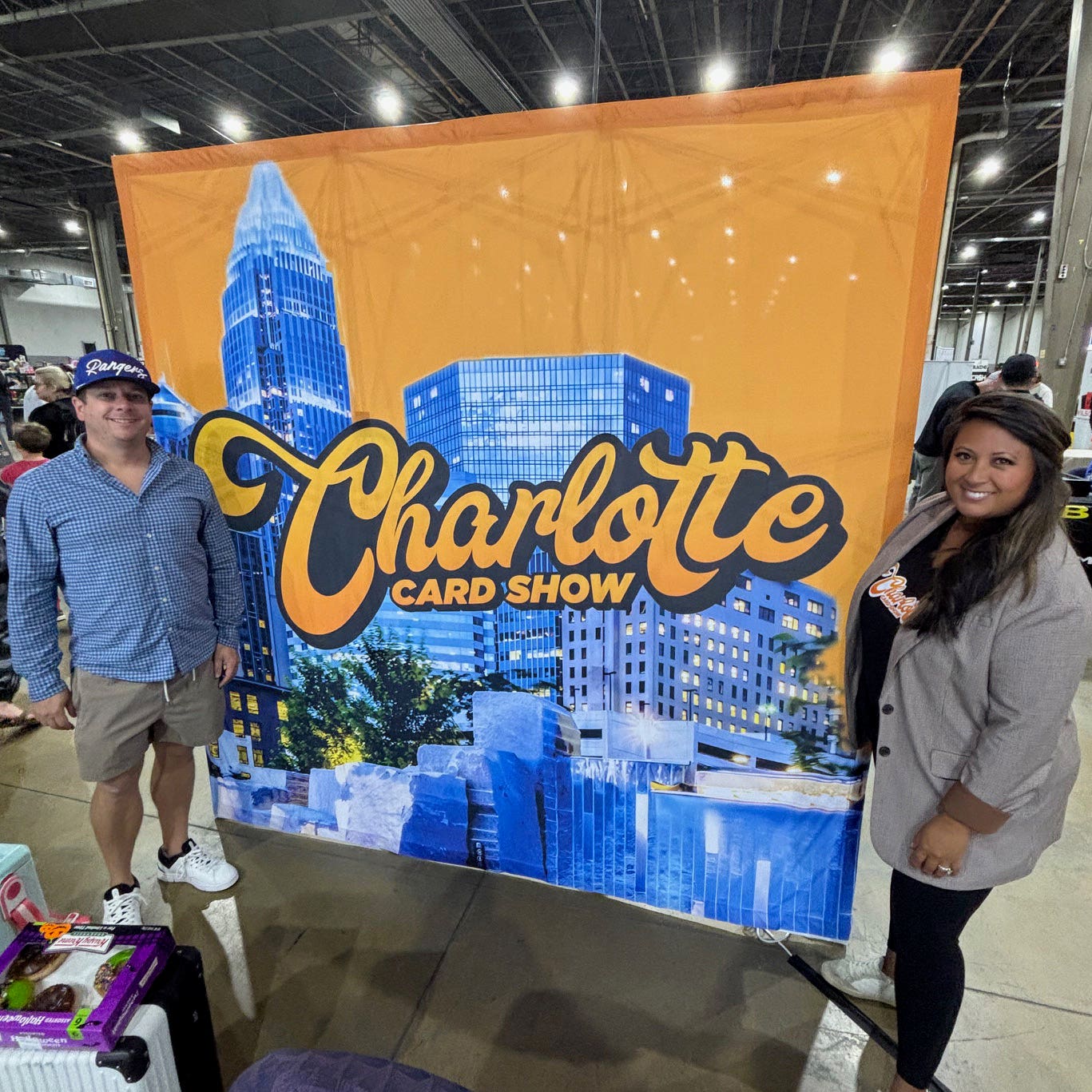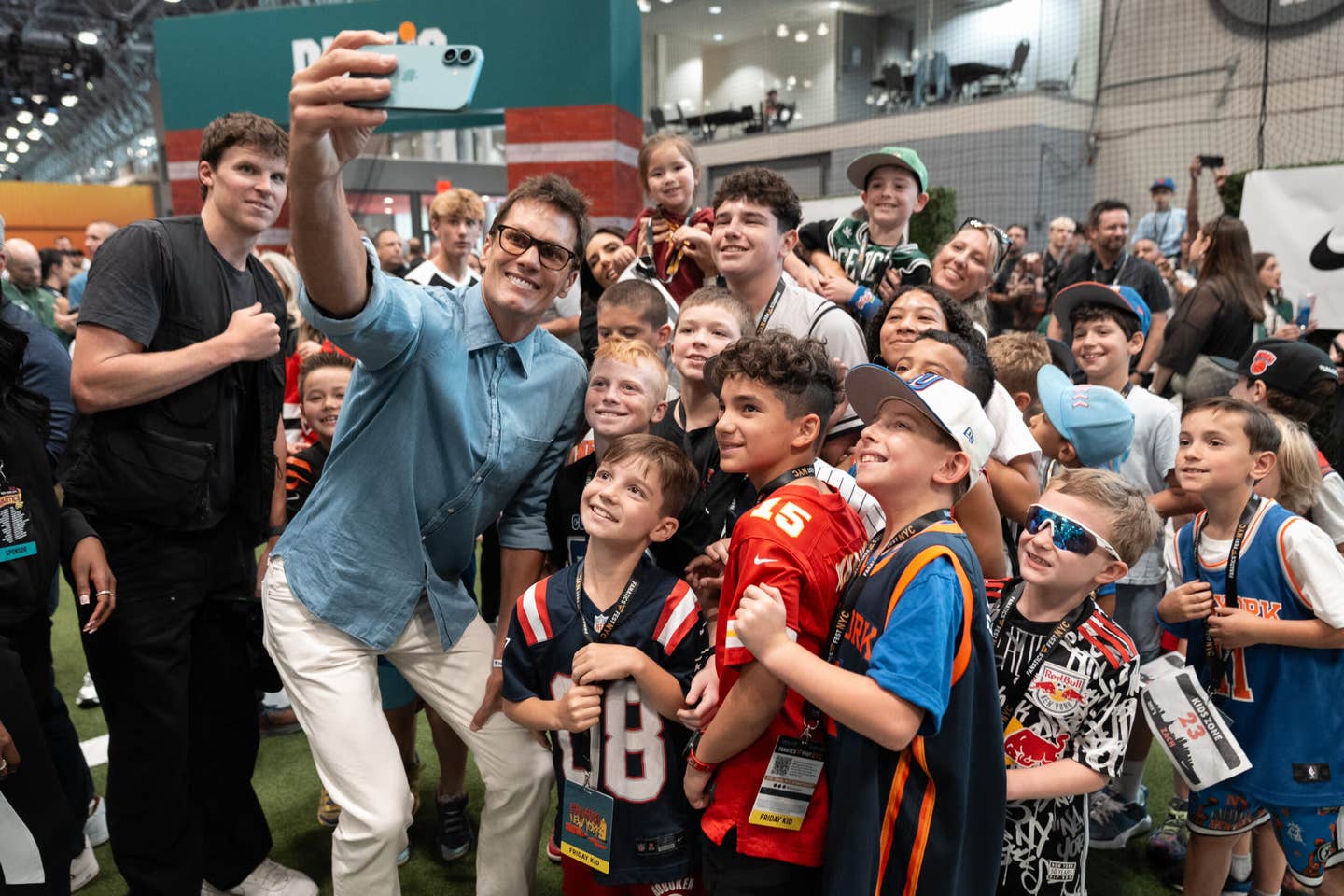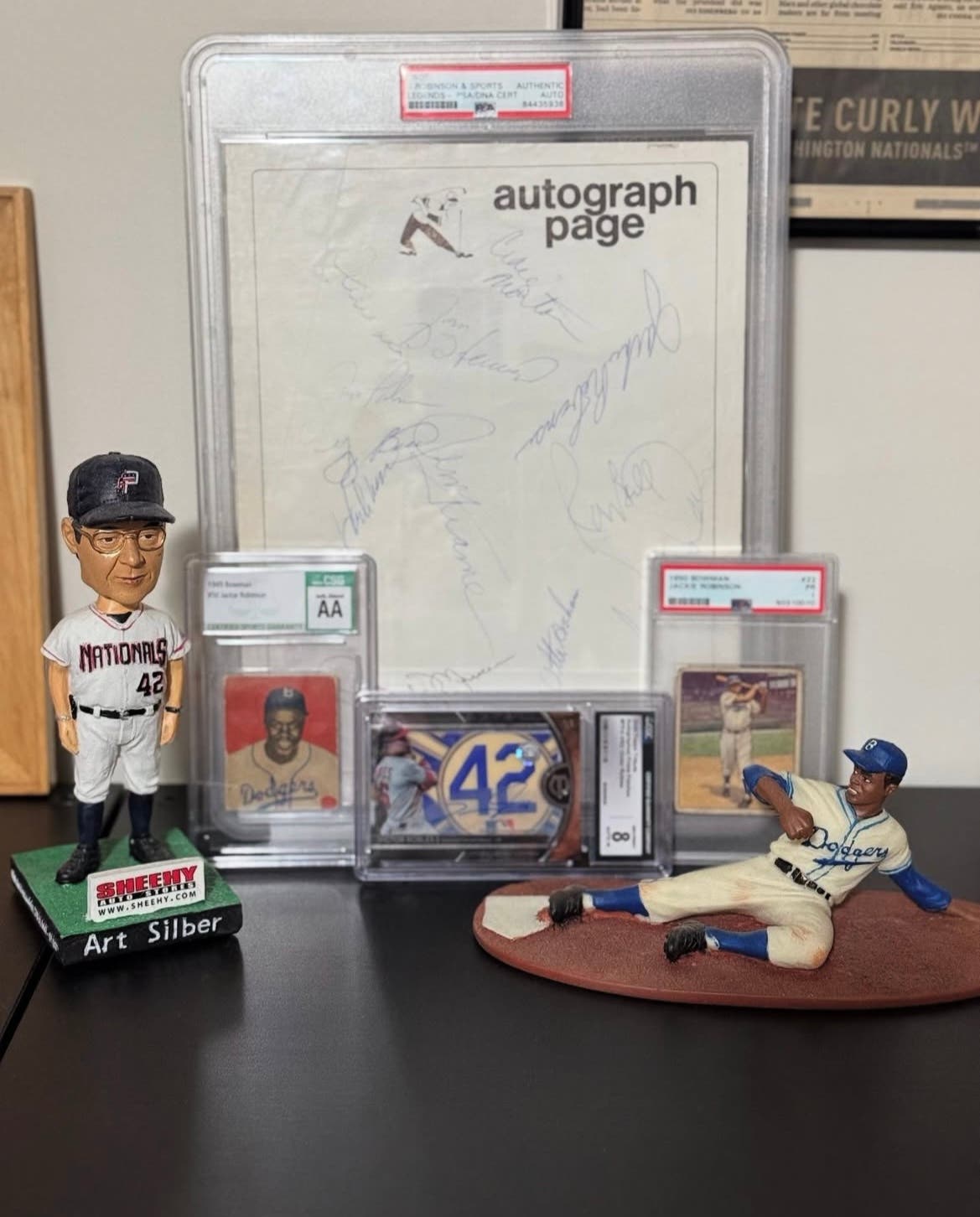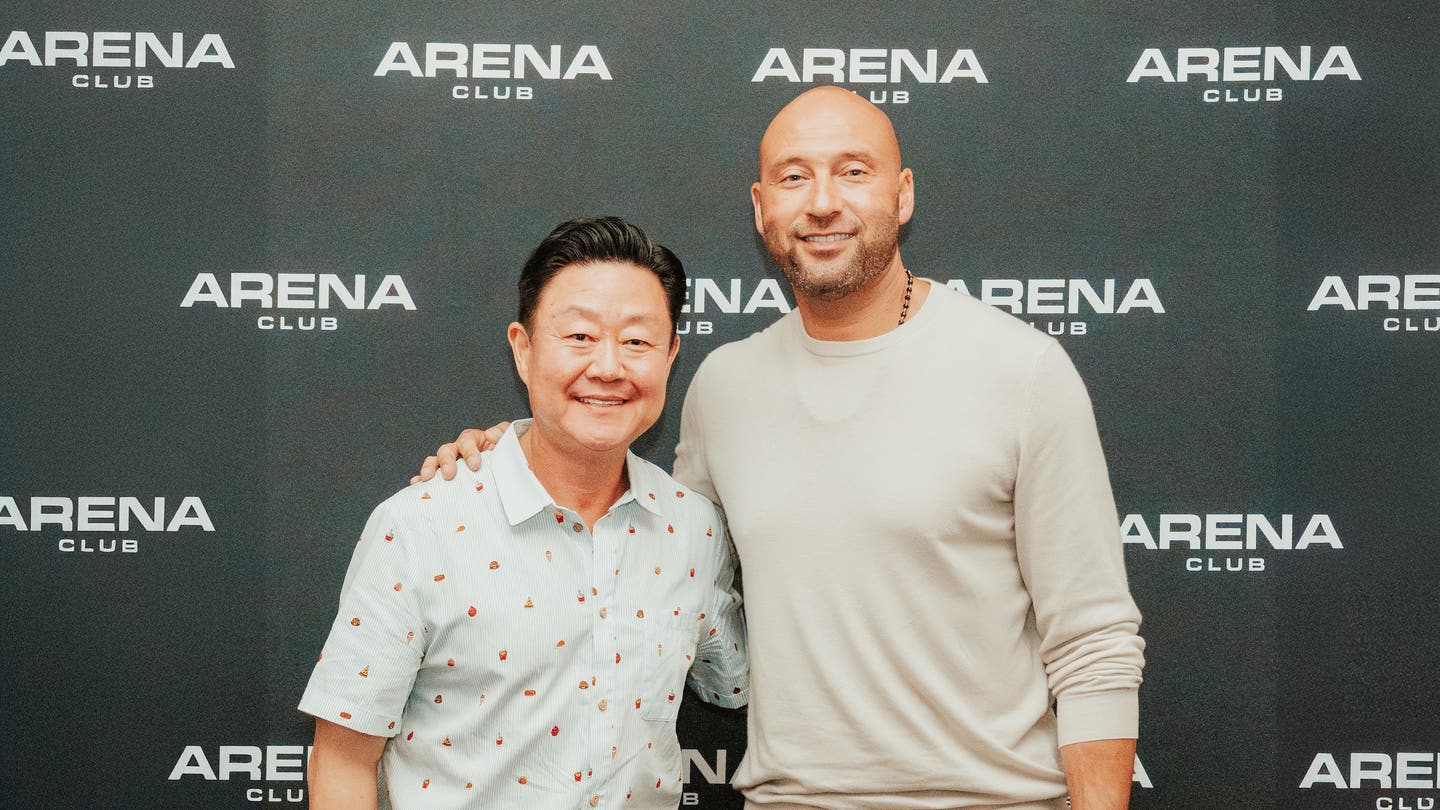Odd Collectibles
Taking a Shine to Metal
Thumbing through freshly opened second series Topps Baseball card packs in 1971, looking for players like Tom Seaver, Willie Stargell and Johnny Bench, Anthony Nex came across a checklist for some coins.
Like many collectors that year, upon seeing the checklist, the 10-year-old Nex and his friends initially asked, “What is a baseball coin?” About a month later, they found out when third series packs included a metal premium showcasing a current player.
“The coins were issued 51 coins per series, Nos. 1-51 in the third series, Nos. 52-102 in the fourth series and Nos. 103-153 in the fifth series,” Nex, a Los Angeles-area born and bred collector, added, “At least on the West Coast, the baseball scratch-off inserts were not issued at all in ’71, the sixth series had no inserts, nor did the first and second.”
From first seeing the metal coins, Nex was hooked. “I loved that coin set when it came out and I still love it,” he said. “And that tinking sound (when the coins gently bump into each other) still takes me back.”
Around the time Nex was doing his “California Dreamin” with respect to ’71 Topps coins, Minnesota-native Paul Ratz witnessed a lot of “Fun, Fun, Fun” with the inserts.
In 1971, Ratz knew a pair of brothers from a nearby neighborhood who purchased a large amount of baseball packs featuring the black-bordered cards.
“They bought an entire wax box every week, some weeks they bought two,” said Ratz, adding that the brothers opened 25-50 wax boxes that summer. “It was a real treat for me to watch, and they probably had about 1,000 coins.”
Ratz moved away from that area a few years later and lost track of those neighborhood brothers and their stash of metal baseball inserts. The hobbyist’s enthusiasm for the pack bonuses, however, always remained strong. Today, he owns more than 1,000 PSA-graded samples from the issue, many that reside among the top coins on the PSA Set Registry.
What has driven Ratz to amass such a mountain of 1971 Topps insert metal? “Being a lifelong collector, they were the first thing that really caught my attention, and I said to myself, ‘I’m going to start collecting, I really like these things,’ ” he noted. Much of the fun for the hobbyist today is “the search in finding the coins in good shape.”
Catch ’em if you can
For several years, certain coins in the 153-piece offering remained elusive in ultra-high grades, namely Julian Javier (No. 39), Reggie Jackson (No. 108) and Brooks Robinson (No. 114). Early in 2010, Ratz was the first to obtain a Jackson coin to earn the PSA 9 grade. There are now three at that level. Javier is also occasionally dressed “to the nines,” but Robinson has yet to join the club.
“I’ve had 30-50 Robinson coins over the years, and I’ve yet to see one that is centered,” said Ratz. “They are usually off-center to the left.” Well, “The Human Vacuum Cleaner,” as the O’s third-sacker was known, did dominate his part of the left side of the infield and earned 16 Gold Glove awards in the process, so the centering commonly being off in that direction almost seems appropriate.
Of the several Hall of Famers in the 1971 issue, a handful of others are also quite rare in PSA 9 or above – Bob Gibson (No. 63), Lou Brock (No. 87) and Juan Marichal (No. 125).
Scott Grebenstein, an avid 1971 coin collector, said many more high-end samples of the inserts are likely. “The set is relatively young in terms of grading,” said Grebenstein. Currently, about 6,400 1971 coins are in the PSA’s Population Report.
“Roberto Clemente (No. 71) is still the key to the set,” said Ratz. The Minnesotan said a PSA 9 of the legendary outfielder recently sold for $450. “He has such a big following, people are not usually collecting it for the coin set, they want it for their Clemente collection.”
Additional superstar 1971 discs include Johnny Bench, Tom Seaver, Hank Aaron, Thurman Munson, Frank Robinson, Pete Rose and set-ender Willie Mays. A picture of a Rose coin was part of an advertisement that adorned the front panel of some baseball wax pack boxes that year.
“The coins were so integrated in the set,” said Grebenstein, “that I don’t think you can call the (’71 Topps) card set complete without them.” So when Nex and friends asked, “What is a baseball coin?” part of the answer, ultimately, was not just a premium but an extension of the entire issue.
First generation
Topps other venture into metal insert coins of the era took place with some 1964 baseball packs. Just like their “younger brothers,” the ’64 coins measure about 1-1/2 inches in diameter and these days are often found with rust, dings, scratches and centering problems.
“If the coins are raw and in high-grade, get them graded to protect the coins,” said collector Mike Bothner, who owns several Top 5 ranked sets of both the 1964 and 1971 coin issues on the Registry. “I don’t trust that either humidity or the plastic from (cardboard framed) coin holders might not someday damage them if not graded.”
Slabbing lower-grade coins, he said, is not really a concern.
Bothner likes both issues of the discs for a few reasons. “I like their uniqueness. There are tons and tons of cards, but the coins are something unique that Topps produced,” he said. “The ’71s I got out of packs, the ’64s have more visual variety and some variations.”
With variations, the 1964 set contains 167 coins. All the variations are in the 44-coin All-Star section, the last part in the set (Nos. 121-164). In this grouping there are two of the switch-hitting Mickey Mantle, one of him swinging a bat right-handed and one left, although both are numbered No. 131. Plus, Wayne Causey (No. 161) and Chuck Hinton (No. 162) appear with and without their correct league designation (American).
The National League versions of Causey and Hinton are about as hard to find as victories were for the player’s second-division teams from 1964, the Kansas City A’s and Washington Senators, respectively, who both lost at least 100 games that season.
Neither of those N.L. errors have a PSA 10 sample as of yet, and there are only four PSA 9 Causey N.L backs currently in the hobby and just two of the same for Hinton.
Bothner has seen PSA 9 Causey errors sell for $500, “but for some people, it seems money is no object.”
A few other 1964 coins currently topping out at PSA 9, with only three samples each, include Don Drysdale (No. 34), Jim Maloney (No. 60), Bill White (No. 78) and the Leon Wagner All-Star (No. 130). This total is out of around 9,300 1964 coins that have landed in PSA holders at this time.
As expected, whether it’s the All-Star or the regular coins in the ’64 insert set, Mantle is the main draw ($250 regular, about $200 for All-Stars). But Clemente, Aaron, Mays and Sandy Koufax also appear in both sections and attract a great deal of interest, as well.
Pete Rose, in only his second MLB season, pops up about mid-set and holds his own price-wise with Clemente and the other stars, but he only appears on a regular coin.
Thinking outside the box
Where the 1971 Topps coin offering had a checklist card, the 1964 insert set did not, so it is anybody’s guess as to how collectors went about figuring out what coins they needed that season.
In addition, certain 1964 wax boxes pictured Stan Musial on the front panel in a coin-like frame helping draw attention to the pack premium promotion. Yet, Musial, who retired following the 1963 season after a Hall of Fame career, did not show up on either a regular Topps card, much less a coin in 1964. In this case, the slugger’s name might be Stan the Man Unusual.
In his collection, Nex has the 1964 and 1971 Topps Baseball boxes with the insert ads as well as graded packs from those years with coins still hidden beneath the colorful wrappers. The temptation to open those slabs and rip open the packs to see the coins does come up on occasion.
While some Topps coin collectors have seen high-grade raw samples becoming much harder to find, and perhaps some general flattening of the interest and prices in the inserts, others have a different take on the situation.
Ratz acknowledged that as the population numbers of PSA 7s and 8s of the coins have swelled, their values have thinned. “But the 9s and 10s are still very popular and bring a good price,” he said.
Bothner sees a solid future for the vintage Topps Baseball coins. “Once the economy picks up, people will have more disposable income to spend on collectibles.”
And some of that money will certainly be spent on coins that, as Ratz said, “go clinkity clank.”
Doug Koztoski is a freelance contributor to SCD. He can be reached at kozpro20@hotmail.com.



